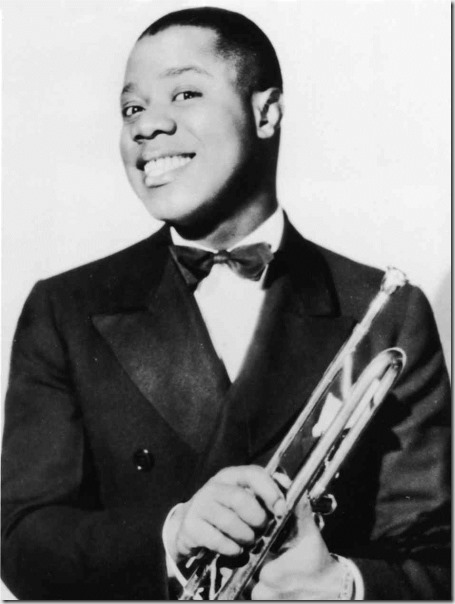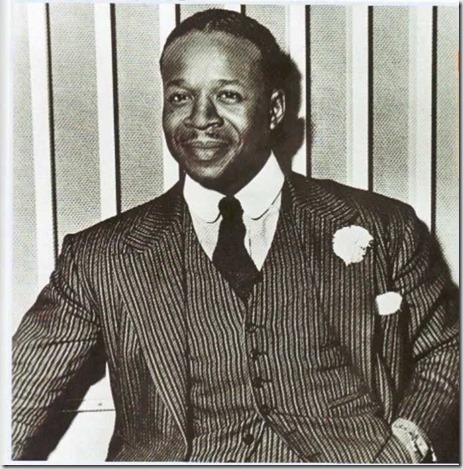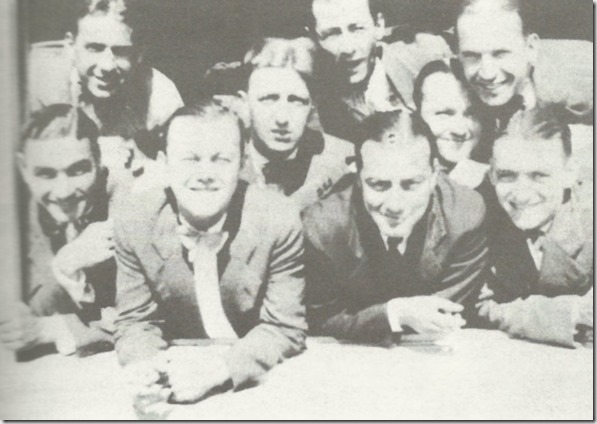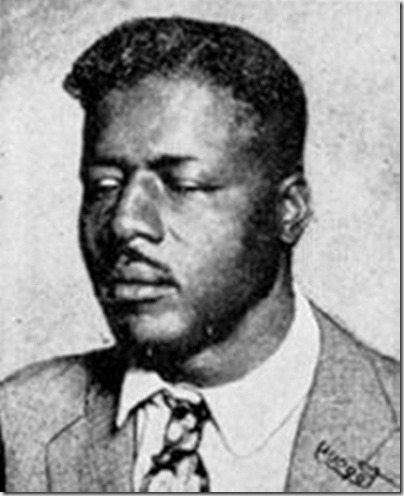第五トラディショナルno.42 INTRO YABAI

今回は”イントロ”、”イントロダクション(Introduction)”
つまり”前奏”について
特に昨今のポピュラー音楽ファンの中では「名曲三秒の法則」、という一種の訓話がある。
名曲と呼ばれる曲は、イントロが始まって3秒で決まる。というものだ。
この話題の真偽とは別に、この「法則」からトラディショナルを照らしたとき、
わたしと貴方は、トラディショナルの深淵を覗きこんでいるのだ。
/////////////////////////////////////////////////////////
※podcast登録のススメ
iTunes music storeで「第五トラディショナル」と検索していただければ
番組ポッドキャストがご登録いただけます。
https://itunes.apple.com/us/podcast/traditionis-quinto/id587427944
一曲目は以前にも紹介したLouis Armstrongのもの。
…Other portions of this record also in high regard include the trumpet introduction by Armstrong that begins the song – this cadenza incorporates an almost syncopated opening – the wordless ‘scat’ singing chorus by Armstrong where he accompanies and varies a melody played by the clarinetist, and a piano solo by Hines. The number is closed by a metallic click by drummer Zutty Singleton.
This recording was inducted in the Grammy Hall of Fame in 1974.
Jazz writer and historian William Russell has commented that other jazz trumpeters would be better off avoiding the too frequent imitations of Armstrong’s introduction on the number; while the most virtuosic may have the technical ability to duplicate Armstrong’s notes, they still suffer in comparison to Armstrong’s feeling and originality…
(wikipedia)
“WESTEND BLUES”
(Oliver-armstrong-williams)
JULY 28, 1928 CHICAGO, ILLINOIS
OKEH 8597
Louis Armstrong And His Hot Five
Louis Armstrong cor,vo
Johnny Dodds cl
Earl Hines pf
Kid Ory tb
Zutty Singleton Ds
Johnny St. Cyr bj,gt
やはりブルースはセオリーを超えて伝えてくる。
Walter Davis
Walter Davis (March 1, 1912 – October 22, 1963)[1] was an African American blues singer and pianist.
Davis had a rich singing voice that was as expressive as the best of the Delta blues vocalists. His best-known recording, a version of the train blues standard “Sunnyland Blues”, which he released in 1931, is more notable for the warmth and poignancy of his singing than for his piano playing.[2] Two more of his best known songs were “Ashes In My Whiskey” and “Blue Blues”.
Bix & Trumの名演は、1920年代のアンセムとなった。
写真はJean Goldkette楽団のモノ
“Singin’ the Blues” is a 1920 jazz composition by J. Russel Robinson, Con Conrad, Sam M. Lewis, and Joe Young. It was recorded by the Original Dixieland Jass Band in 1920 as an instrumental and released as a Victor 78 as part of a medley with “Margie”. The song was released with lyrics by vocalist Aileen Stanley in 1920 on Victor. In 1927, Frank Trumbauer, Bix Beiderbecke, and Eddie Lang recorded and released the song as an Okeh 78. The song is a jazz and pop standard. It is not related to the 1956 pop song “Singing the Blues” recorded by Guy Mitchell.
(wikipedia)
“Singin’ The Blues”
(Conrad / Robinson)
February 4, 1927 NYC New York
Okeh 40772
Frankie Trumbauer And His Orchestra
Frankie Trumbauer C-melody Sax
Jimmy Dorsey cl,as
Bix Beiderbecke cor
Bill Rank Tb
Chauncey Moorehouse ds
Eddie Lang gt
Paul Mertz pf
人類の音楽として、ボイジャーにも刻まれた声。
後の世代にも数多くカバーされたBlind Willie Johnson
“Dark Was the Night, Cold Was the Ground” is a gospel-blues song written and performed by American musician Blind Willie Johnson and recorded in 1927. The song is primarily an instrumental featuring Johnson’s self-taught bottleneck slide guitar and picking style accompanied by his vocalizations of humming and moaning. It has the distinction of being one of 27 samples of music included on the Voyager Golden Record, launched into space in 1977 to represent the diversity of life on Earth. “Dark Was the Night, Cold Was the Ground” was chosen as the human expression of loneliness.
(wikipedia)
“What A Fool Believes”
次回は2/25(火)配信予定です!
バックナンバーはこちらへ
///////////////////////////////////////////////////////////




